Yes, BJTs have the same voltage drop across their junctions as common diodes, that's 0.6V to 0.7V between base and emitter, and the same between base and collector. Since the junctions act like diodes they don't conduct in both directions if you apply a voltage across the two pins.
When you use an NPN transistor as a transistor, current will from collector to emitter through the base, even though the base-collector junction reverse biased.

The arrows indicate electron flow, not conventional flow. Conventional flow is from positive to negative and is always used in circuit analysis. But conventional flow can't explain the details of the working of a transistor, so here electron flow is shown.
Also note that the collector voltage is higher than the base voltage.
The main differences between emitter and collector are doping concentration and size. The emitter is heavily doped, while the collector is lightly doped. You could try to swap them, but you'll get a very low \$H_{FE}\$, probably even less than 1.
